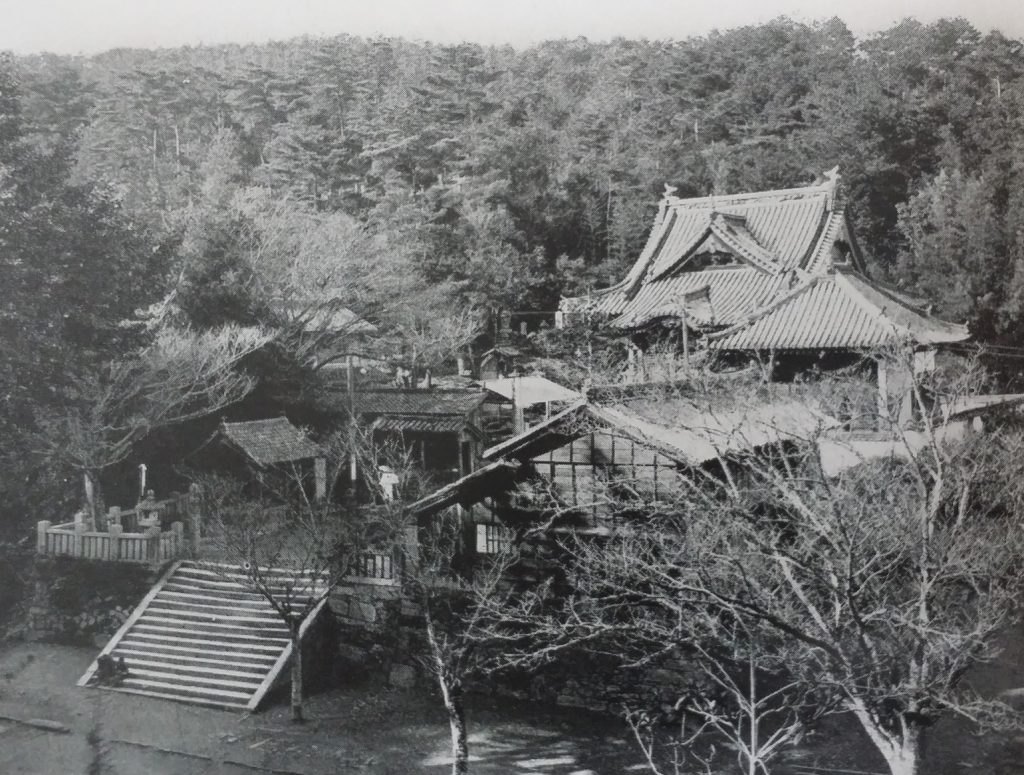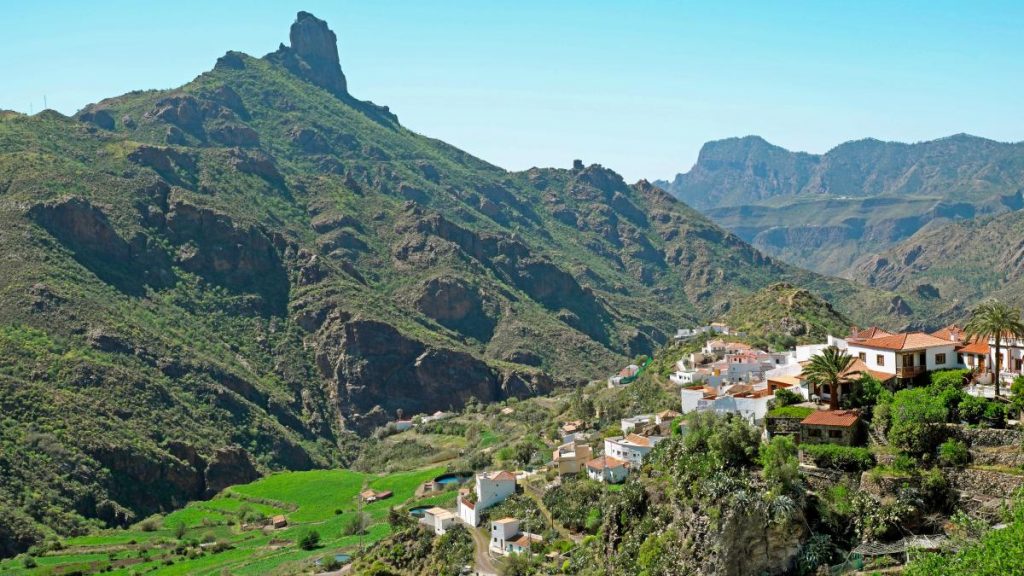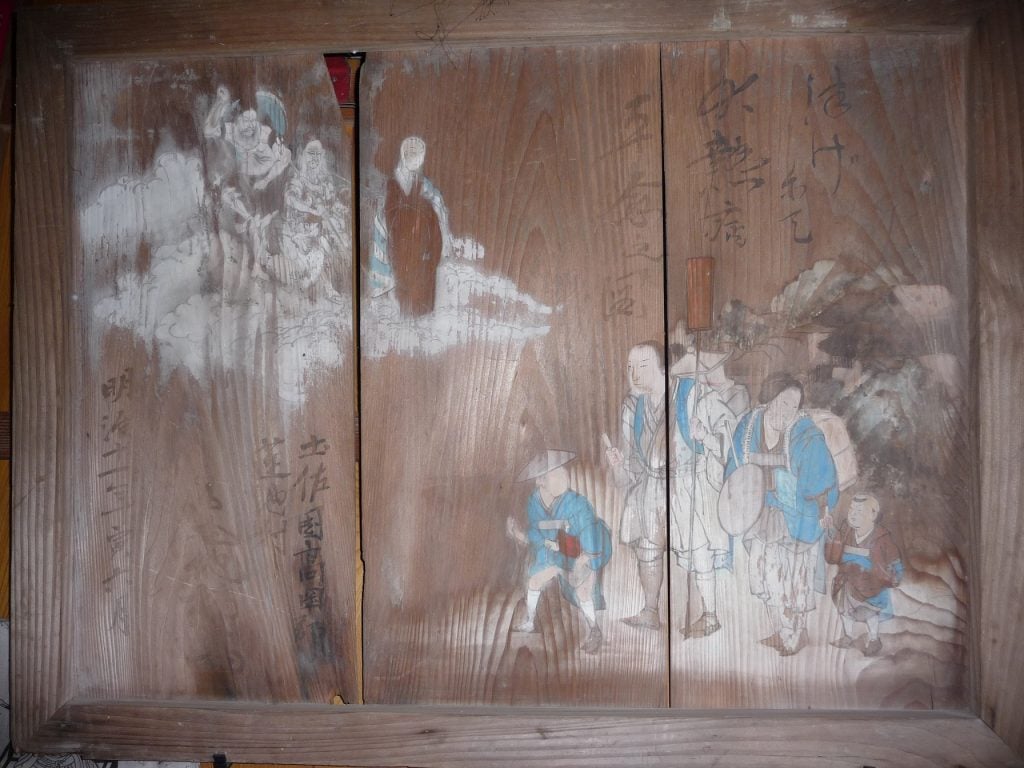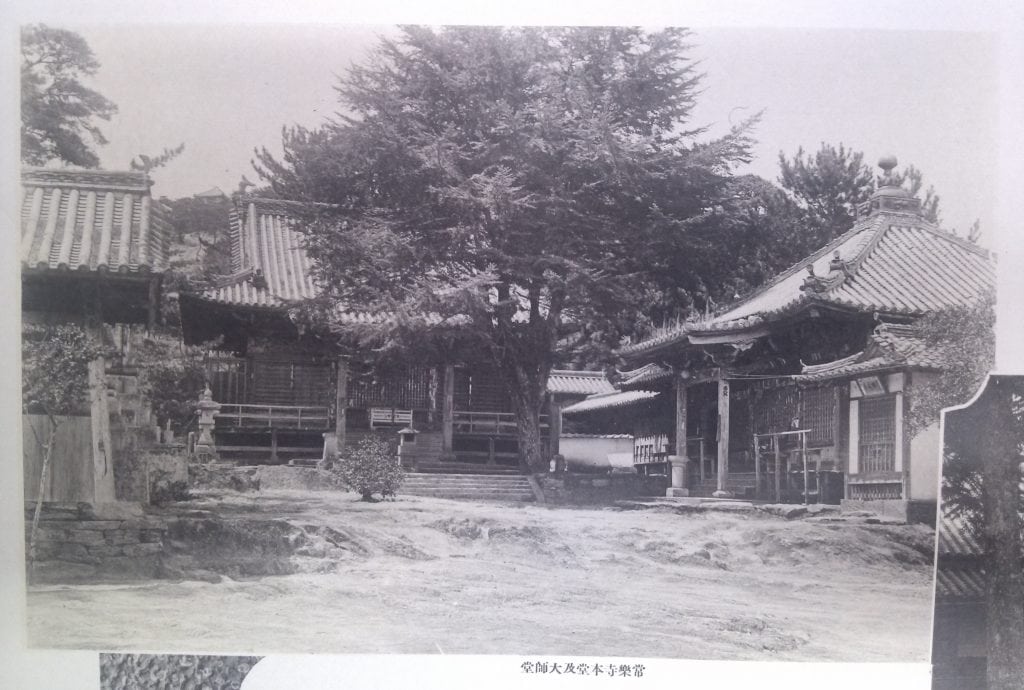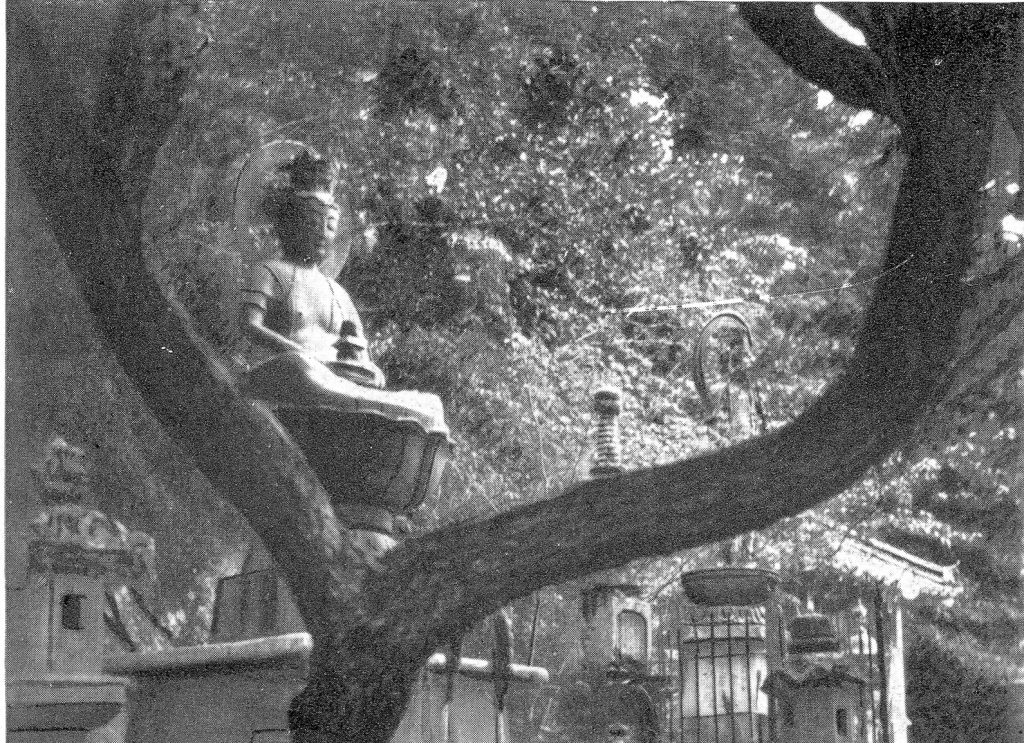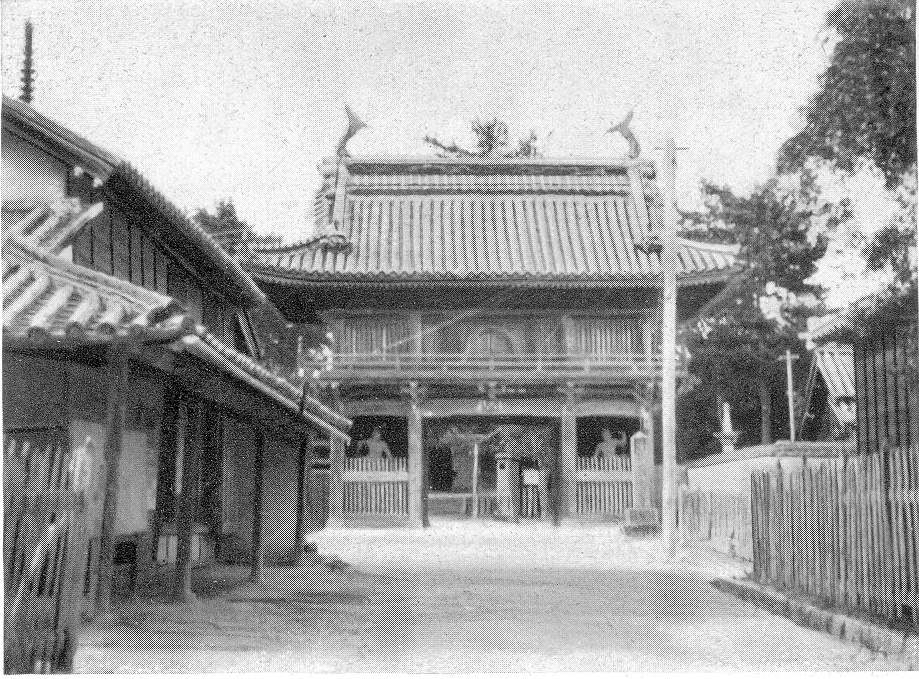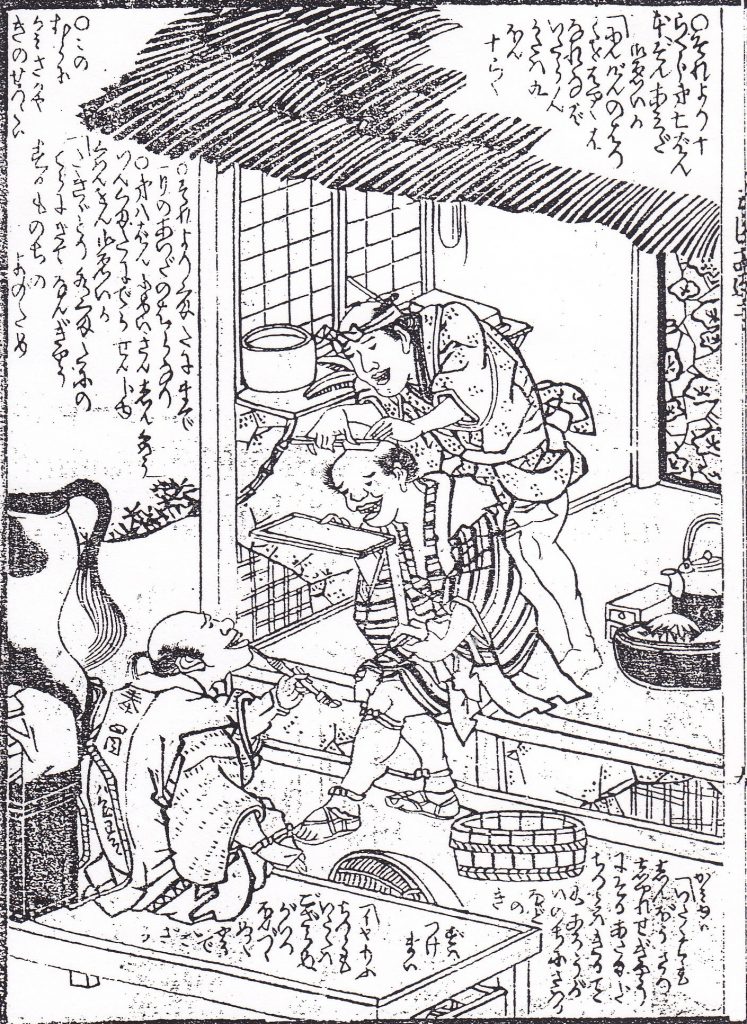
As the popularity of the Shikoku pilgrimage continues to grow, many people are wishing to complete this journey by spending the least amount of money possible. Some try to find inexpensive or free places to stay and others develop interesting strategies to eat cheaply, such as going to a supermarket in the evening and buying fresh food products which have been discounted.
But if you do not stay at a pilgrim inn or hotel every night, where do you wash your body and shampoo your hair, something that you cannot ignore more than a few days. In fact, what do you do about your hair for such a long journey? Do you get a haircut or head shave beforehand, or go for a haircut midway through, or let it grow and wait to get a haircut when until you finish?

